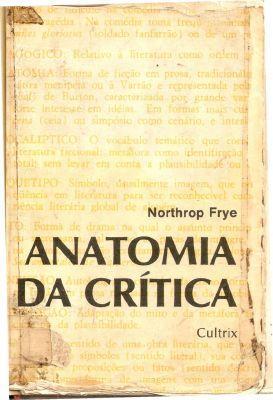
The seed oil is a fluid fat obtained from the oilseeds of various species including sunflower, corn, canola, soy, walnut, hazelnut, peanut, grape seed, pumpkin and more. Different seed oils are available for nutritional characteristics, viscosity, color and uses. Depending on whether they are derived from a single plant species or from several species, gSeed oils are called monoseme or various seed oils.
- was monoseme they are obtained from the processing of a single plant species, which the label must specify.
Peanut oil it is clear, light yellow in color, with a delicate smell and taste. It is one of the seed oils with the lowest content of polyunsaturated fatty acids, therefore it is the most suitable for cooking, and has a good content of oleic acid.
Corn oil it is extracted from the germ of the corn seed, it is golden yellow and clear, with a stronger taste and smell than peanut oil. It has a high content of polyunsaturated fatty acids, is not suitable for cooking and goes rancid very easily.
Sunflower oil it has a marked flavor and an intense yellow color and is made up of about 50% polyunsaturated fatty acids, therefore it is not suitable for cooking. Like corn oil, sunflower oil is also used for making margarines.
Soybean oil, the most used oil in the world, has a light yellow color and a delicate taste and smell. It has a high fraction of polyunsaturated fatty acids and is well suited as a raw condiment for various types of dishes.
Palm oil, obtained by squeezing the pulp of palm fruits, it is a reddish oil, with a marked odor, rich in saturated fatty acids, being stable at high temperatures, it is used in a mixture to produce special oils for frying.
Sesame oil it has a nutty flavor, is rich in monounsaturated and polyunsaturated fatty acids and is very popular in Asian cuisine.
Grapeseed oil, a by-product of the wine industry, is obtained from grape seeds, has a slightly acrid taste and contains the highest percentage of polyunsaturated fats. It is mainly used in the production of margarines.
Cotton oil comes from the processing of cotton seeds used in the textile industry. It contains polyunsaturated, monounsaturated and saturated fatty acids and is normally used for the production of margarines.
Rapeseed oil it is obtained from the seeds of Brassica napus arvensis. Considering the high concentration of erucic acid, the consumption of rapeseed oil should be limited.
Coconut oil, extracted from the pulp of coconuts, is rich in saturated fatty acids and is used in the preparation of margarines and in the confectionery industry.
Rice oil, more correctly, rice bran oil, is obtained with the antecedents of husking (husk) and winnowing (chaff), which are heated and dehumidified before being squeezed and finally chemically refined.
- various seed oils, which must be stated on the package, are a mixture of oils from different seeds, whose erucic acid content cannot exceed 5%. Various seed oil is absolutely the least suitable for food, due to the difficulty of establishing its composition with precision and the high content of erucic acid; moreover it is the less stable seed oil at high temperatures, therefore absolutely not recommended for cooking.
The seed oil for frying it can derive from seed oils modified in such a way as to increase their stability or from mixtures of oils suitably prepared so as not to give flavor to foods; however, as the oils used are not known, it is best avoided.
The general advice is: use peanut oil for frying, for raw use better corn oil, soybean oil.
Depending on the manufacturing process, seed oils are divided into prime pressure oils and refined oils.
How seed oil is obtained
- first pressure oils they are obtained at the end of a processing cycle that does not involve chemical processes or the use of solvents: the cleaned, shelled and hulled seeds are ground at room temperature, then cold pressed to obtain an oil that is filtered and immediately bottled.
L'first pressure oil has intact all the nutritional and organoleptic characteristics of the seed that produced it but it is rather expensive, because mechanical pressing has a low yield, equal to 50 % of the total oil contained in the seeds.
- refined oils they have a more articulated processing cycle: the seeds are heated, ground and heated, ground and heated again at a temperature of 150 ° C, then the solvents (benzene and derivatives) are added, which extract almost all the oil from the ground seeds.
At the end of the extraction they are obtained crude oil, rich in solvents and a solid residue intended for the production of animal feed of breeding. The crude oil is first filtered by steam, then it undergoes a rectification process, or a series of processes that are essential for it to be edible: discoloration, decomposition and deacidification. the process ends with deodorization, carried out with steam at a temperature of 180 ° C.
How to choose seed oil
Seed oils cannot have a total free acidity greater than 0,5%, expressed as oleic acid and must not contain dyes. Transparent glass bottles increase the risks associated with the oxidizing action of light, so it is better to choose dark glass bottles and store them in the dark. It is very important to carefully close the bottle cap, avoiding storing the oil in too hot environments which can accelerate its rancidity.
Read also 7 recipes of oil seeds in the daily diet >>


























